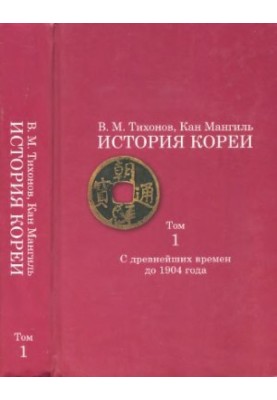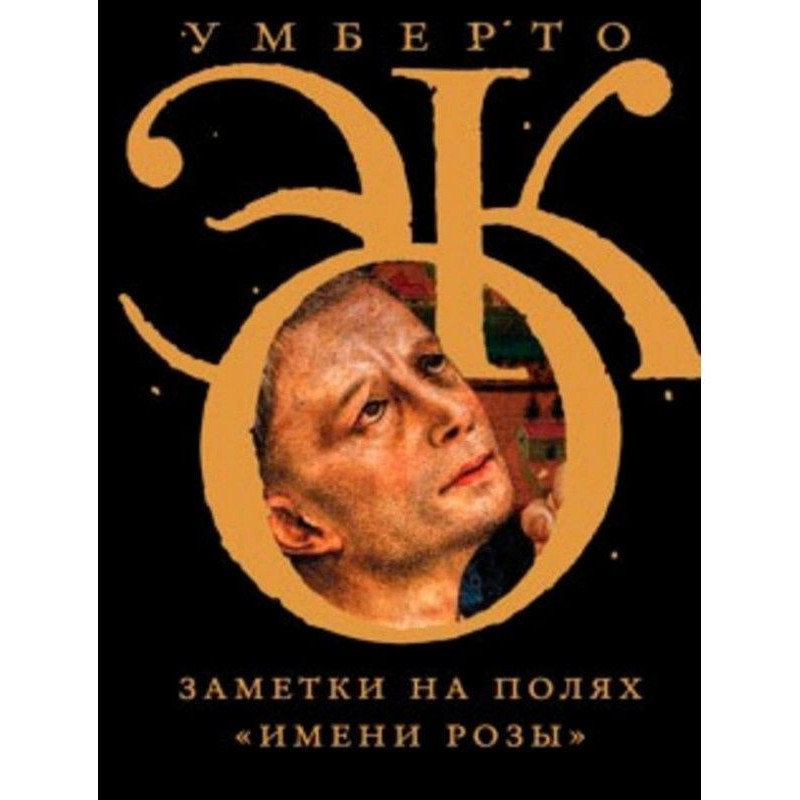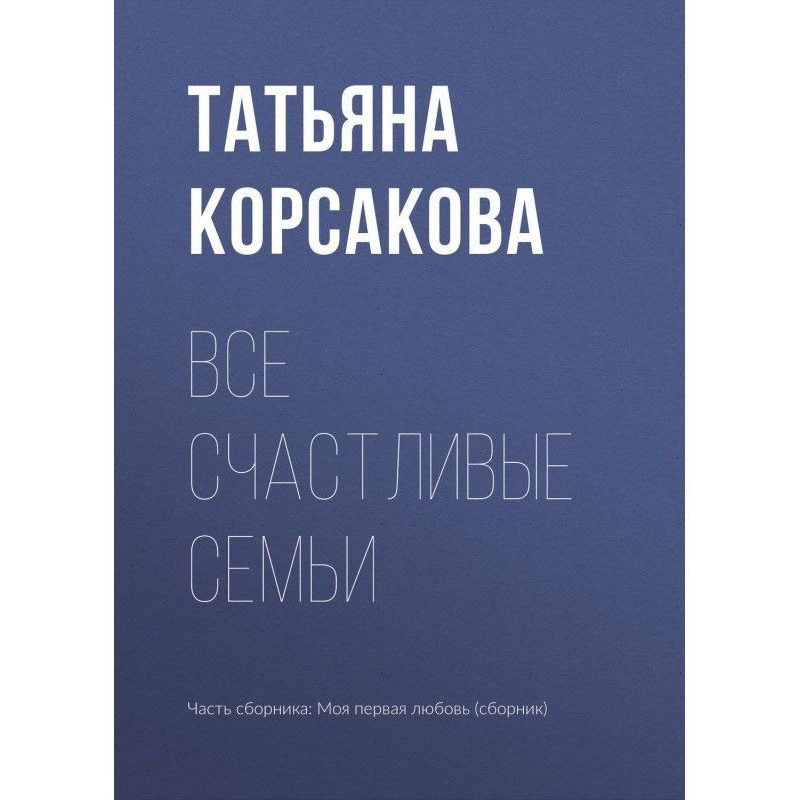History of Korea. Volume 1
 Instant download
Instant download
after payment (24/7)
 Wide range of formats
Wide range of formats
(for all gadgets)
 Full book
Full book
(including for Apple and Android)
This publication is both a textbook and a fascinating book to read. It presents the history of Korea from ancient times to 1945 in the interpretation of a graduate of St. Petersburg University, now a professor at the University of Oslo (Norway) V. M. Tikhonov and is based on primary sources, using information and interpretations gleaned from South Korean and Western scientific literature. The book traces the patterns of the historical process on the Korean Peninsula, identifying its general and special features. Extensive material on the religion and ideology of traditional and modern Korea is presented. The first volume is a revised and expanded reissue of V. M. Tikhonov’s book “History of Korea from ancient times to 1876” (M., 2003), the contents of which have now been brought up to 1904 and supplemented chronological tables, maps and index of names. The second volume is dedicated to the 20th century. Its peculiarity is that its final part is a translation of part of the famous book by the South Korean historian Kang Mangil, “A New Look at the Contemporary History of Korea” (Gocho sung Hanguk Hyundaisa), which covers the history of South Korea for the period from 1945 to 1992. Contents:• From the author. Preface to the second edition ◦Purpose, structure and features of the book◦Russian transcription of Korean words◦Administrative division of Korea•Introduction. Geographical and natural-climatic conditions of Korea•Part 1. Prehistoric past of the Korean Peninsula. Ancient proto-Korean cultures (before the unification of the Korean Peninsula in the 7th century AD) ◦Chapter 1. The problem of the Paleolithic on the Korean Peninsula◦Chapter 2. Neolithic Korean peninsula (5th millennium - 10th century BC)◦Chapter 3. a) Bronze Age of the Korean Peninsula (X-III centuries BC). The problem of the origin of ancient Joseon (X-IV centuries BC) ◾1. Bronze Age of the Korean Peninsula (X - III centuries BC)◾2. The problem of the origin of Ancient Joseon◦b) Early Iron Age on the Korean Peninsula. The Rise and Fall of Joseon. Chinese colonization of the northern part of the Korean Peninsula (III-I centuries BC) ◾1. Early Iron Age on the Korean Peninsula◾2. The Rise and Fall of Joseon◾3. Chinese colonization of the northern part of the Korean Peninsula◦Chapter 4. Culture of advanced iron. Early period in the history of states (I-III centuries) ◾a) Formation of early statehood among the Goguryeo tribal group in the north of the peninsula (I-III centuries) ◾b) South Korean tribal group Mahan and the problem of early Baekje (I-III centuries)◾c) South Korean tribal groups Jinhan and Pyeonghan and the problem of early Silla (Capo) and Kaya (I-III centuries)◦Chapter 5. Further development of the three states and the unification of the Korean Peninsula under the rule of Silla ( IV-VII centuries) ◾a) Formation of mature statehood in Goguryeo and Baekje and their struggle for hegemony on the Korean Peninsula (IV-V centuries) ◾b) Gradual development of early statehood in Silla. Changes in the Gaya proto-states (IV-V centuries)◾c) Goguryeo, Baekje and Silla in the 6th century. Strengthening Silla◾d) The situation on the Korean Peninsula in the 7th century. Unification of the Korean Peninsula under the rule of Silla•Part 2. Aristocracy and bureaucracy in Korea: United Silla and Koryo (late 7th - late 14th centuries) ◦Chapter 6. Completion of the unification wars and the rise of United Silla (661-780) ◾a) Strengthening state centralization at the end of the 7th century. ◾b) The flourishing of Buddhist thought. Wonhyo and Uisan◾c) Central power and aristocracy in the first half - mid-8th century◾d) Silla village in the 8th century◾e) Cultural and religious politics in Unified Silla in the 8th century◦Chapter 7. “Late period” in Silla history (780-935): social changes and the fall of Silla ◾a) Crisis of central power at the end of the 8th-9th centuries ◾b) Socio-political collapse of the Unified Silla and the wars between its heirs ◾c) “Nine Schools” of Buddhism dream IX-X centuries ◦Chapter 8. The early period of Goryeo rule - centralized bureaucracy and “strong houses” (936-1170) ◾a) Central power, aristocracy and bureaucracy in the 10th century ◾b) Management system and social relations in early Goryeo◾ c) Foreign policy of Koryo in the 10th-11th centuries◾d) Heyday Koryo culture in the 11th-12th centuries◾e) Koryo and the Jurchens◾f) Court and aristocracy in the 12th century. Military uprising of 1170 ◦Chapter 9. The late period of the Goryeo dynasty: the power of the military, the Mongol conquest and the fight against them (1170-1392) ◾a) “Time of Troubles” at the end of the 12th century. The dictatorship of the Choe clan and the fight against Mongol aggression in the first half of the 13th century.◾b) Koryo as a satellite of the Yuan Empire (mid-XIII - mid-XIV centuries)◾c) Liberation from the Mongol yoke and the fall of the Goryeo dynasty (second half of the 14th century). )•Part 3. Bureaucratic neo-Confucian monarchy in a society of small and medium landowners (Joseon dynasty, 1392-1910) ◦Chapter 10. The initial stage of the establishment of a bureaucratic neo-Confucian monarchy: early Joseon (1392-1598) ◾a) XV century. - stabilization of central power and folding socio-political system of Joseon◾b) XVI century. - “neo-Confucianization” of Joseon and Japanese aggression of 1592-1598◾c) The management system and socio-economic structure of early Joseon◦Chapter 11. The gradual collapse of the class system and the development of a commodity economy in a bureaucratic neo-Confucian society: late Joseon (1598-1876). ). ◾a) XVII century. - the struggle of the yangban groups and the crisis of the class system◾b) XVIII century. - temporary stabilization of the central government◾c) XVII-XVIII centuries. - development of commodity-money relations, social changes and ideological challenges◾d) XIX century. - socio-political crisis and forced integration into the world capitalist system◦Chapter 12. Failures of Kojong’s reformist policies and Japanese-Chinese rivalry on the Korean Peninsula (1876-1894) ◾a) Conservative reaction to the Treaty of Kanghwa (1876-1880)◾b) Semi-reforms of 1880-1882◾c) Military rebellion of 1882 and the strengthening of Chinese influence in Korea◾d) Consolidation of Chinese dominance and the formation of a radical reform group (1882-1884 gg.)◾e) Attempted radical coup in 1884 and its consequences◾f) 1885-1894. - the decomposition of the traditional way of life and the failure of modernization◦Chapter 13. The Peasant War, the fall of Chinese hegemony and radical reforms of 1894-1895. ◾a) Origins, nature and course of the first stage of the peasant war◾b) Japanese intervention, the Sino-Japanese War and the second stage of the peasant war◾c) Radical reforms “from above”: 1894-1895◦Chapter 14. “Progress and reforms” come to Korea: Kojong's flight to the Russian mission, proclamation of the Korean Empire, the rise and fall of the “Independence Society” (1896-1898) ◾a) Gojong’s stay in the Russian mission (February 11, 1896 - February 20, 1897) - moderate “Westernization” from above◾b) Proclamation of Korea as an empire and the radical nationalist movement (October 12 1897 - end of 1898)◦Chapter 15. A new round of moderate “Westernization from above” - the Kojong monarchy in 1899-1904. ◾a) Kojong's course - diplomatic maneuvers and strengthening of the absolute monarchy◾b) Import of words, ideas and institutions - the process of Westernization in Korean culture•Appendices ◦Chronological table of the history of China◦Traditional periodization of the history of Ancient Joseon (in Confucian historiography of Korea XIV-XIX centuries. )◦Chronological tables of the history of Korea until 1904 (compiled by T. M. Simbirieva)◦Rulers of Korea from ancient times to 1905 d.◦Periodization of Korean history
Data sheet
- Name of the Author
- Владимир Тихонов Михайлович
Кан Мангиль - Language
- Russian
Reviews
Неперевершене дослідження історії Кореї!
Книга "Історія Кореї. Том 1" - це справжній шедевр, який поєднує в собі академічну точність та захоплюючий стиль викладу. Автор, В.М. Тихонов, досконало досліджує історію Корейського півострова, починаючи з доісторичних часів і закінчуючи початком XX століття. Книга не лише інформативна, але й надзвичайно цікава для читання. Я особливо вражений глибиною аналізу соціальних, культурних та політичних аспектів історії Кореї, що робить її цінним ресурсом для студентів, дослідників та всіх, хто цікавиться цією країною. Додаткові матеріали, такі як хронологічні таблиці та карти, значно полегшують сприйняття інформації. Рекомендую цю книгу всім, хто хоче глибше зрозуміти історію Кореї та її вплив на сучасний світ!















